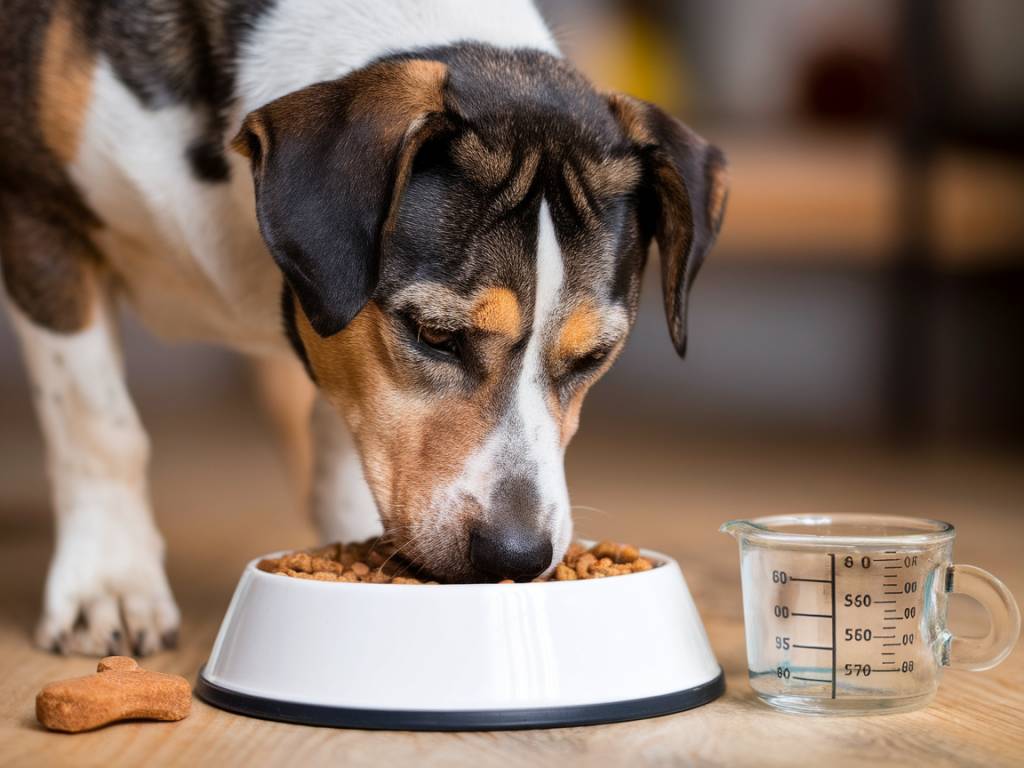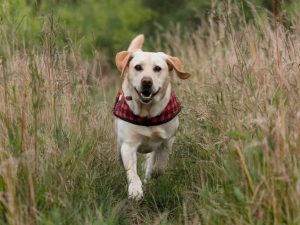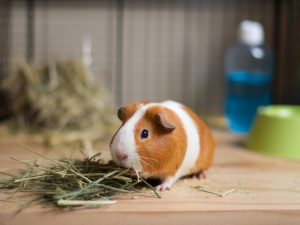How to calculate the right portion sizes for your dog’s meals

how to calculate the right portion sizes for your dog's meals
Understanding Your Dog’s Dietary Needs
As a devoted pet owner, ensuring your furry friend receives the right portion sizes for their meals is essential for maintaining their overall health and happiness. Just as humans have different nutritional needs, so do dogs, and these needs can vary significantly based on factors like age, weight, activity level, and breed. This guide will walk you through calculating the right portion sizes for your dog’s meals, helping you make informed decisions about their diet.
Assessing Your Dog’s Weight and Activity Level
The first step in determining the right meal portion for your dog is understanding their weight and activity level. This information is crucial because the number of calories required per day differs significantly between a sedentary dog and an active one.
- Weight: Regularly weigh your dog to ensure they are maintaining a healthy weight. Frequent check-ins with your veterinarian can help you monitor this and inform any necessary dietary adjustments.
- Activity Level: Consider your dog’s daily activity. A playful, energetic dog will burn more calories than a couch potato counterpart. Take into account walking, playing fetch, and any agility training or sporting activities.
Consult Your Veterinarian
Before making any significant changes to your dog’s diet, consult with your veterinarian. They can provide insights into your dog’s specific nutritional needs and identify any potential health problems that might require dietary adjustments, such as allergies or digestive issues. A vet’s guidance is invaluable in creating a balanced feeding plan tailored to your pet’s unique needs.
Understanding Caloric Requirements
Every dog requires a different caloric intake each day, determined by their Resting Energy Requirement (RER) and Maintenance Energy Requirement (MER). Here’s how you can calculate these fundamental components:
- Resting Energy Requirement (RER): Calculate RER using the formula: 70 x (Body Weight in kg)^0.75. This equation provides the baseline energy needs for a dog at rest.
- Maintenance Energy Requirement (MER): Adjust RER based on activity level and other factors. For example, multiply RER by:
- 1.2-1.4 for inactive or spayed/neutered adult dogs
- 1.6 for active adult dogs
- 2.0 for dogs engaged in moderate work
- 3.0 for highly active or working dogs
- 1.8-2.5 for puppies
Utilizing these calculations will give you a ballpark number of calories your dog needs daily. Always consider that these are average estimates, and individual needs can vary.
Selecting the Right Food
Choosing the appropriate dog food is a key component in determining correct portion sizes. The nutrient composition, calorie content, and quality of the food all play roles in your dog’s dietary health. Here are some factors to consider:
- Quality Ingredients: Look for foods that use real meat as the first ingredient, and avoid those with excessive fillers like corn and soy.
- Nutrient Balance: Ensure that the food provides a balanced mix of proteins, fats, and carbohydrates, along with essential vitamins and minerals.
- Caloric Density: Check the packaging for calorie content. Higher-calorie foods will require smaller portions compared to their lower-calorie counterparts.
Calculating Meal Portions
Once you’ve comprehended your dog’s caloric needs and chosen a high-quality food, it’s time to calculate the exact portion size per meal. Use the following method:
- Determine your dog’s daily caloric need using the RER and MER formulas discussed earlier.
- Refer to the food’s packaging to identify the calorie content per cup. This information is crucial for accurate measurement.
- Divide your dog’s daily caloric requirement by the calorie content per cup of food to find out how many cups of food your dog should eat per day.
- Adjust portion sizes based on how often you feed your dog. If you provide two meals a day, each meal should contain half of the daily portion; for three meals, one-third of the portion, and so forth.
Regularly weigh and observe your dog, being ready to adjust the portion size up or down to maintain a healthy weight.
Monitoring Your Dog’s Health and Adjustments
While you now have a solid estimate for meal portions, ongoing monitoring is crucial. Pay attention to your dog’s:
- Body Condition: Feel along your dog’s ribs and observe their waist. You should be able to feel the ribs without seeing them prominently, and there should be an evident waist behind the ribs.
- Energy Levels: Note any changes in activity or lethargy. A healthy diet should support a good balance of energy.
- Weight Changes: Use a scale (or your vet’s scale) to routinely monitor your dog’s weight and adjust food portions as necessary.
Special Considerations
Certain life stages or conditions may require special dietary considerations:
- Puppies: Need higher calories for growth; refer to MER adjustments.
- Senior Dogs: Often have slower metabolisms; reduced calorie intake may be necessary.
- Medical Conditions: Work with your vet for specific dietary plans for conditions like diabetes or kidney disease.
Finally, remember that no one knows your dog better than you do. Your observations, combined with professional advice, form the backbone of an optimal feeding routine. Investing attention and care into determining portion sizes will pay off by keeping your furry friend healthy and happy for years to come.
Written by Lisa Tissed





